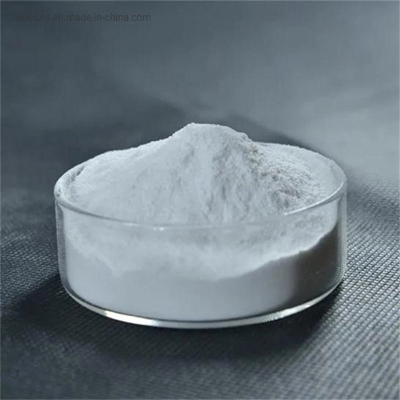Four plant nematodes "sneak" into illegal entry mails
-
Last Update: 2013-06-07
-
Source: Internet
-
Author: User
Search more information of high quality chemicals, good prices and reliable suppliers, visit
www.echemi.com
Among the two batches of illegal incoming mails from Hong Kong and South Korea, there are some "smugglers" - plant nematodes, which were recently intercepted by Xiamen inspection and Quarantine Bureau Recently, Xiamen Airport Inspection and Quarantine Bureau intercepted the ban of Pinellia seedlings and Crassulaceae succulent plants from two batches of mails from Hong Kong and South Korea After quarantine in the plant quarantine laboratory of Xiamen Bureau Technology Center, four species of plant nematodes with economic significance were found, namely, the thick tailed dwarf nematode and the southern root knot nematode from Pinellia ternate seedlings, and the small tailed shield nematode and the double Palace spiral nematode from succulent plants Among them, the two nematodes were first intercepted at Xiamen port It is reported that the dwarf nematode was first found around the sugarcane roots, which has certain pathogenicity to sugarcane Later, it also occurs in a large number of horticultural plants, generally causing poor growth, dwarfing, yellowing and serious death of these plants It is the most harmful plant nematode in horticultural plants, but it has never been found in Pinellia plants of Chinese herbal medicine before The small tailed nematode was first collected from the red spider orchid of North Carolina in the United States, and then found in many countries in the world It can parasitize on tobacco, sugarcane, many kinds of fruit trees, flowers, lawns and herbages It was found on the Flamingo flower in Brazil, and on the succulent plant of Crassulaceae for the first time The nematode is not listed as quarantine object, but its host is extensive, and it can spread and spread in China with the introduction and transportation of plants.
This article is an English version of an article which is originally in the Chinese language on echemi.com and is provided for information purposes only.
This website makes no representation or warranty of any kind, either expressed or implied, as to the accuracy, completeness ownership or reliability of
the article or any translations thereof. If you have any concerns or complaints relating to the article, please send an email, providing a detailed
description of the concern or complaint, to
service@echemi.com. A staff member will contact you within 5 working days. Once verified, infringing content
will be removed immediately.







